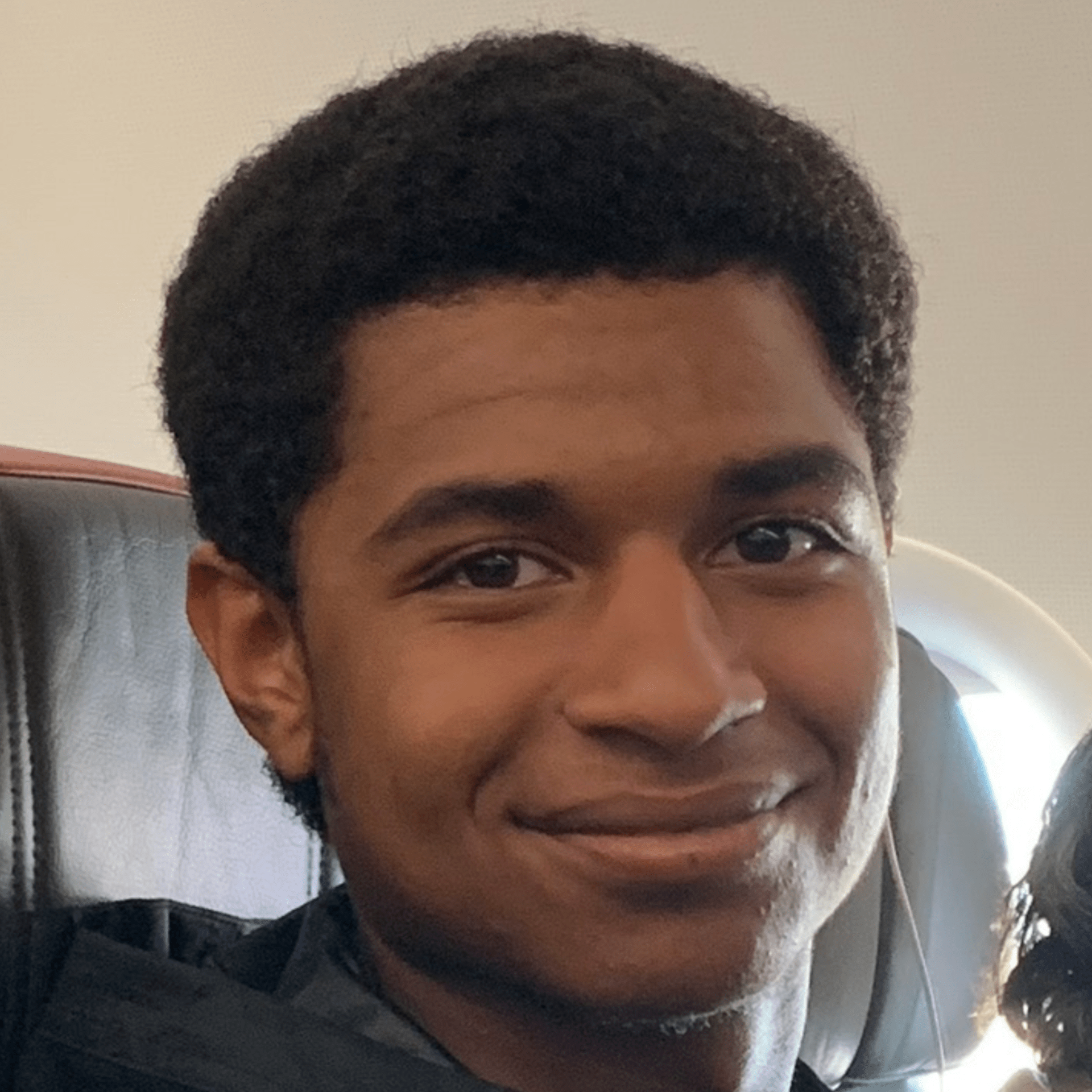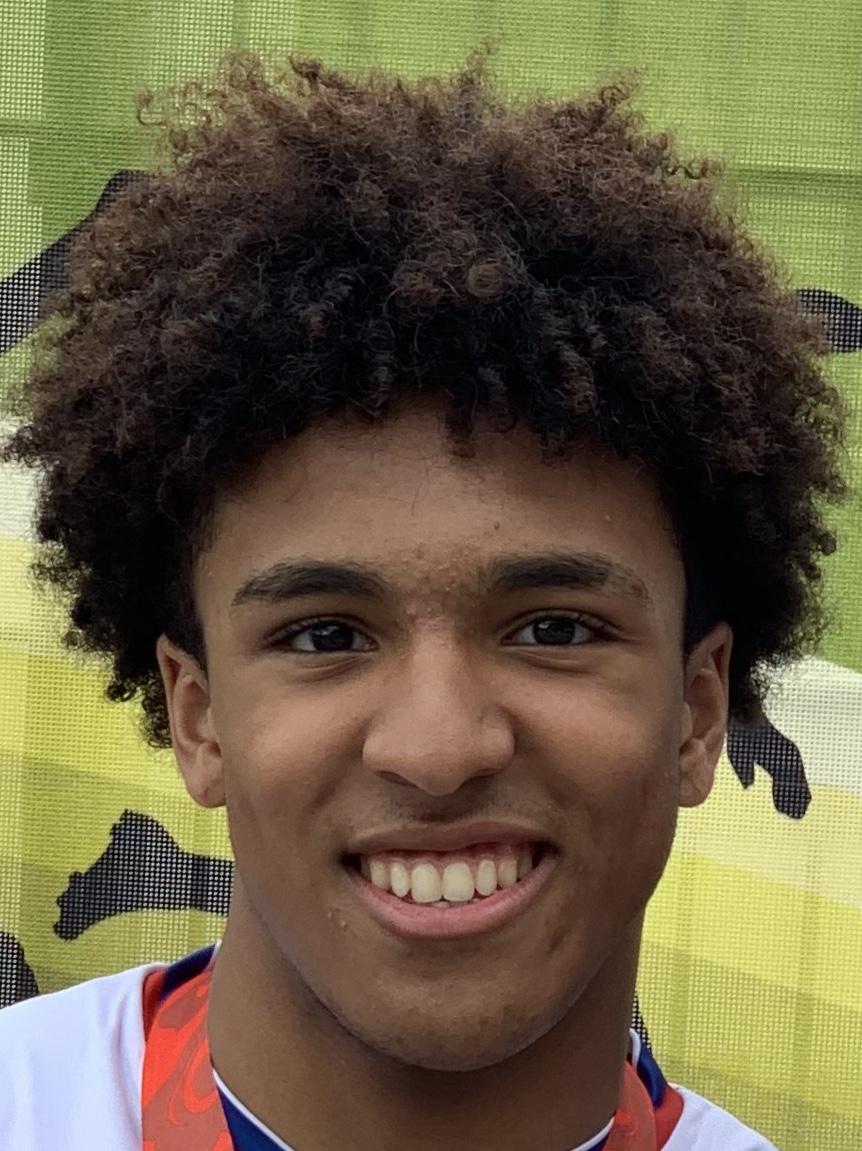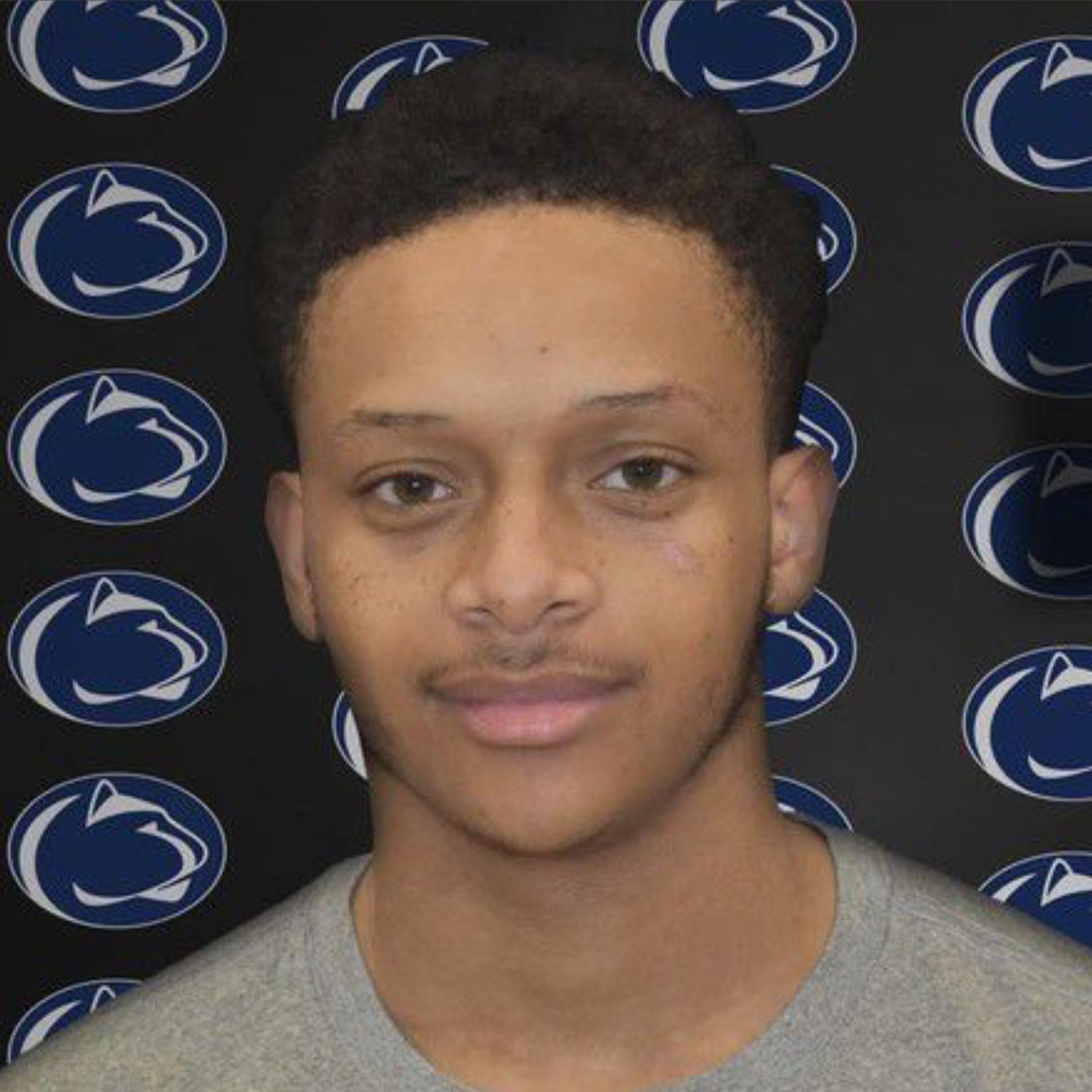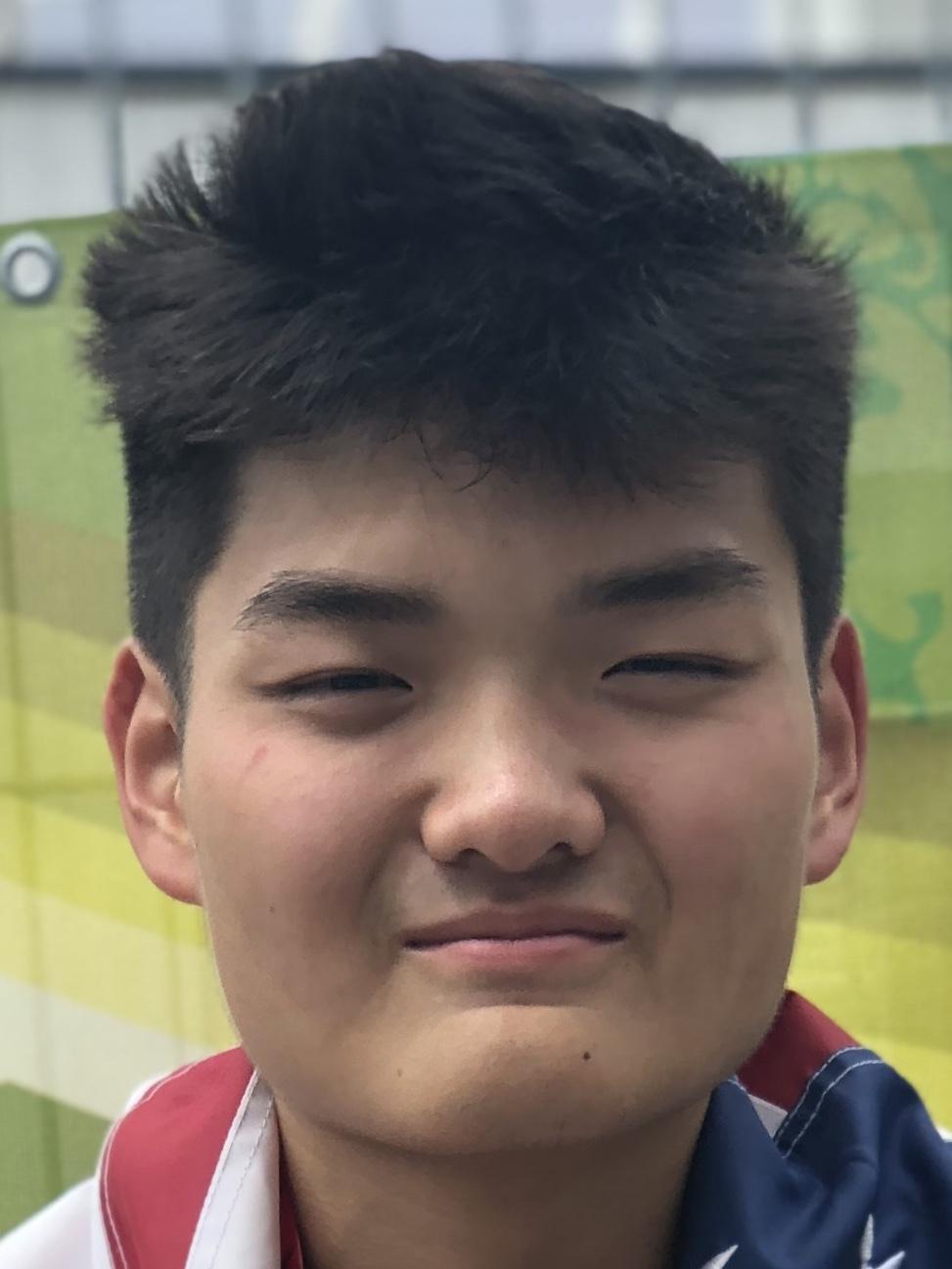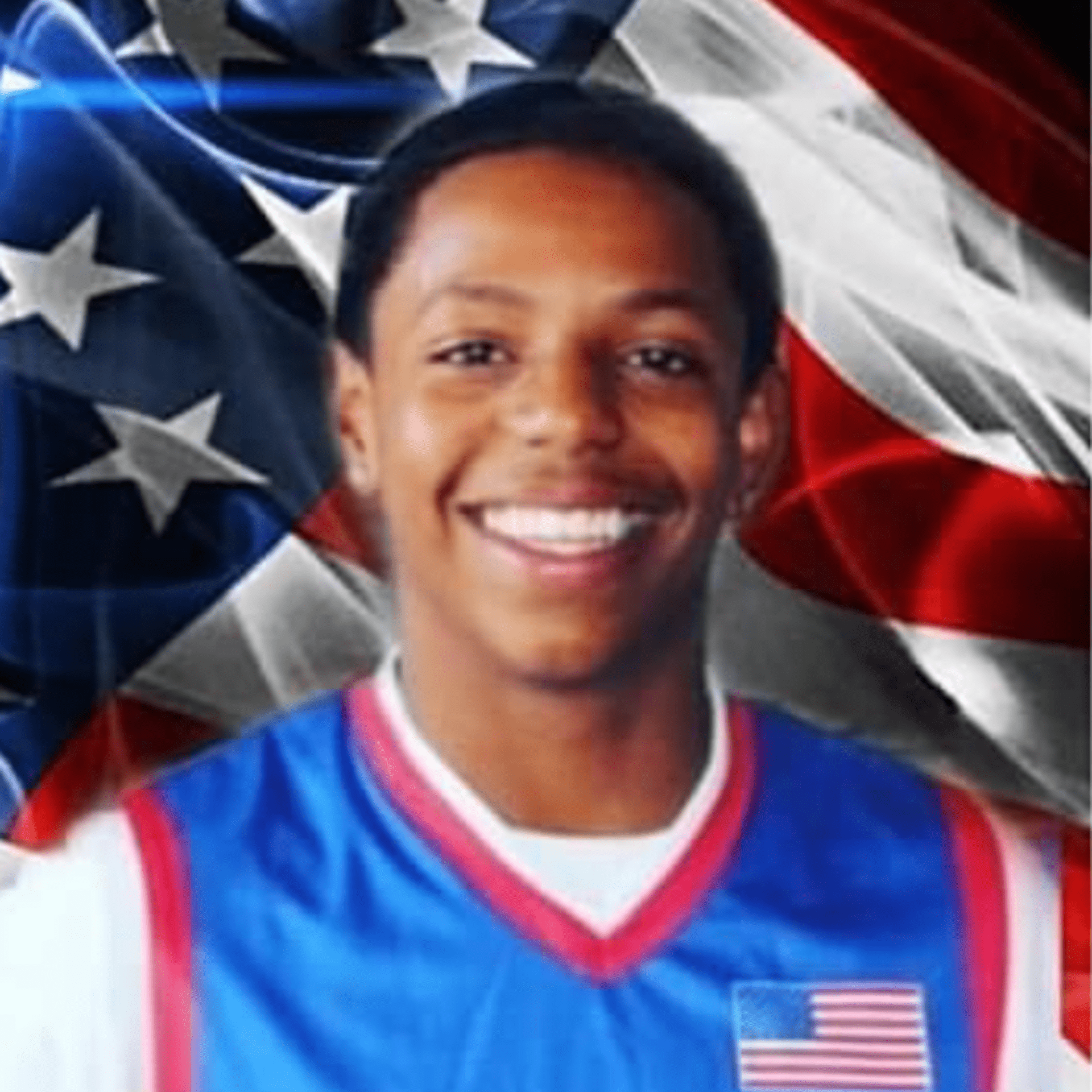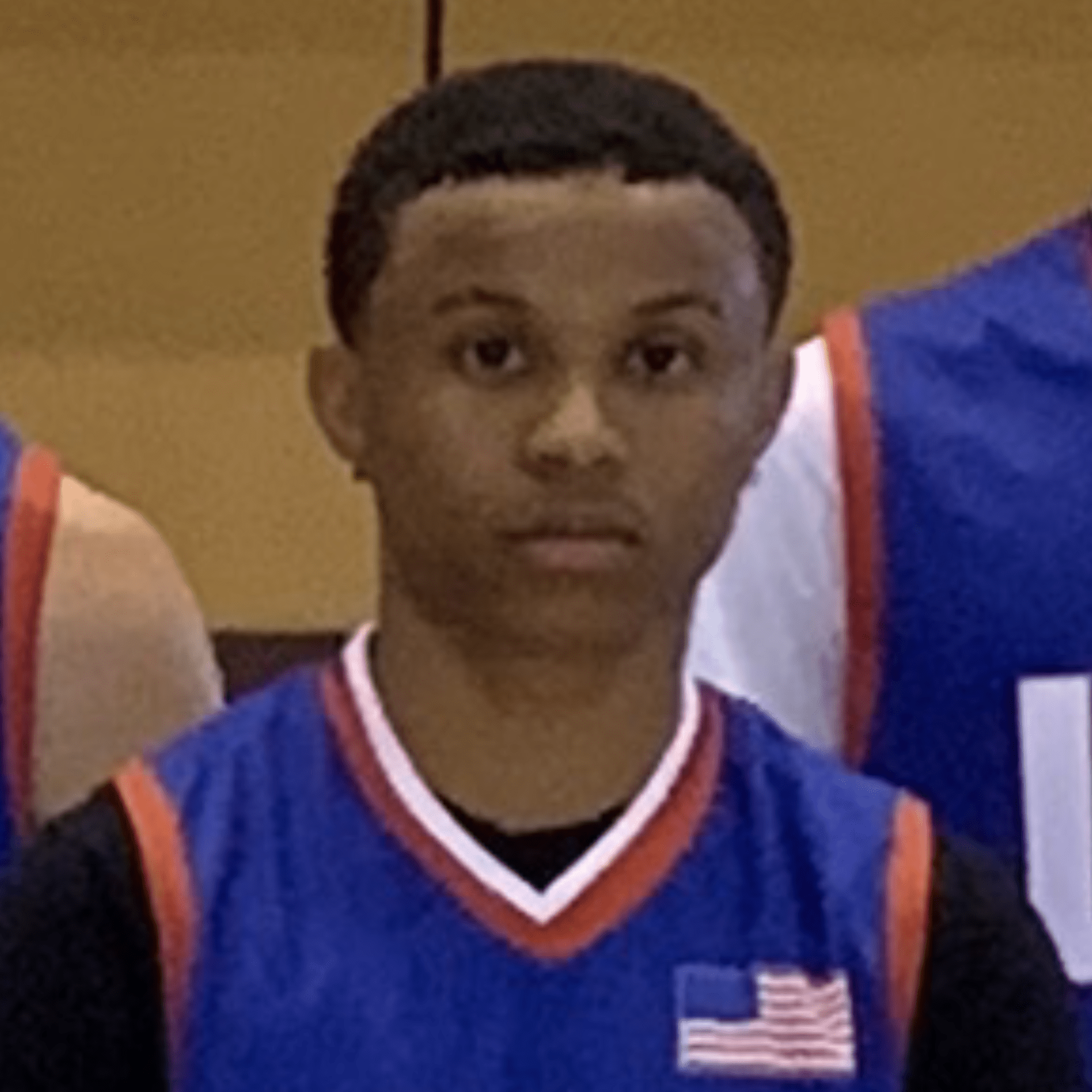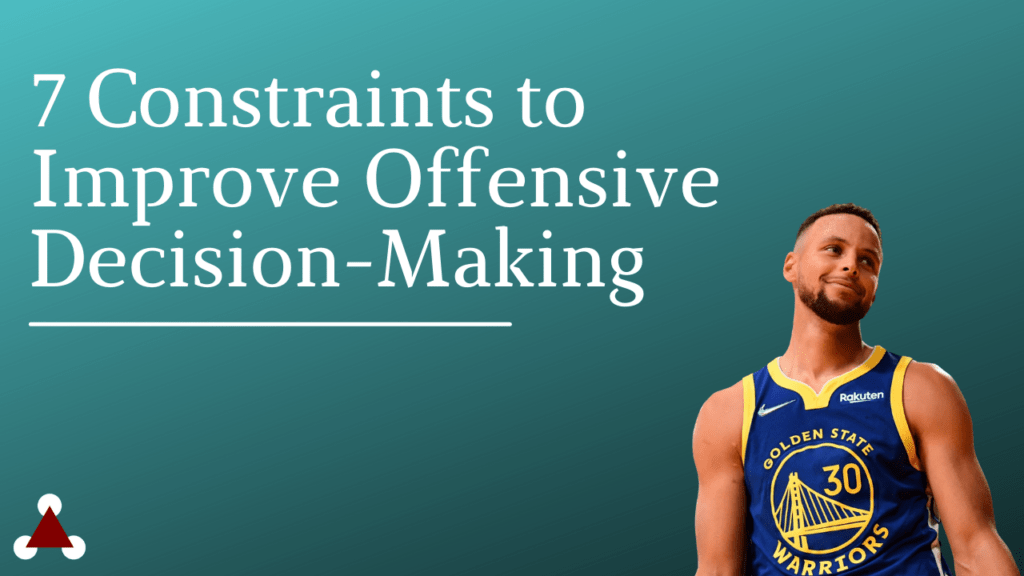
7 Constraints to Improve Offensive Decision-Making
(This was reposted with permission by Arete Hoops)
Constraints are tools coaches can use to manipulate an environment to influence the skill development of their teams. When you add constraints, you are deliberately putting your players in situations that mimic game-like scenarios.
Here are 7 types of constraints you can use to influence your team’s skill development this postseason:
- TIME: A short shot clock, limited time on the catch, shooting drills with a time cap, or any countdown within a small-sided game will force decisions, action, and execution to happen more quickly.
- SPACE: Using cones, lines on the court, or sides of the floor will force your players to operate in space that more closely resembles the skills necessary to score in the game. Playing in alleys on the floor is critical to the transfer of offensive skills in live play.
- NUMBERS (advantage or disadvantage): Giving offensive players a numbers advantage closely simulates the goal of all offenses that want to play against a disadvantaged defense. A numbers advantage replicates the situations that terminate a possession with a shot or pass. On the flip side, giving the offense a numbers disadvantage can teach toughness, ball-security, and passing in tight spaces.
- MUSTS: You can require an offensive player or team to execute something on the floor before they score. For example, you must get a post touch, paint touch, or pick and roll before you shoot. Player XYZ must come off a wide-pin before you score.
- ONLYs: You can put restraints on a team or individual that isolates a specific skill or aspect of the game. For example with individual players, “You can only shoot in the paint for this scrimmage”. For teams, “You can only shoot after 2 reversals.”
- SCORING SYSTEM: You can manipulate scoring systems to reward the types of shots you want to encourage. For example, if you want to encourage layups, you could make every layup worth 3 pts while midrange jumpers are only worth 1 pt OR shots in the paint are worth 3 pts and everything else is 1 pt.
- TRIGGERS: These can fall in a lot of different categories:
- Example: Once the defender touches your hip, you’re live.
- Example: Once you run around the cones, you’re live.
- Example: Once the offensive team crosses half-court, the defender comes into play.
You can get comfortable using these constraints by adding them to any of your drills or practice planning. The great thing about being a coach is the creativity you have in using different ingredients to build your team.
Learn More About: FLOW Ball Screen Continuity
WHAT YOU GET:
- Best Selling Ball Screen Continuity Playbook (40+pages)
- Hundreds of Live-Play Video Examples
- Film Breakdown and Chalk Talk Sessions
- Terminology and Teaching Progressions
- Quick Hitters and Counters
- Hours and hours of teaching videos
- Case studies of successful college teams that run FLOW continuity
- Breakdown drills
- Skill development scoring progressions
- A FREE BONUS PDF playbook on how to build AUTOMATICS into your offense




